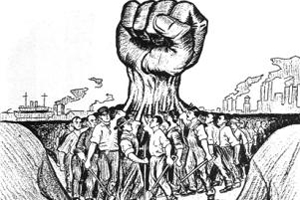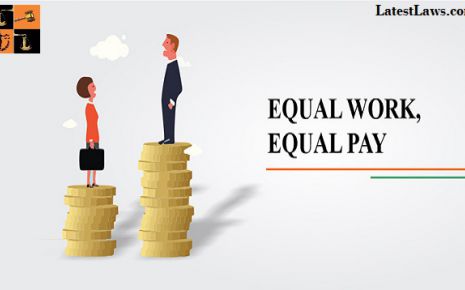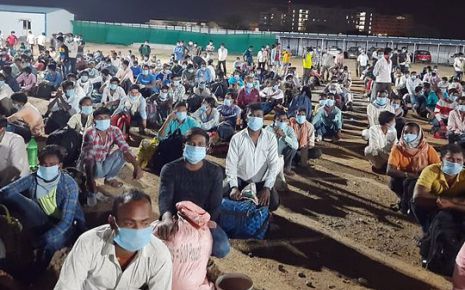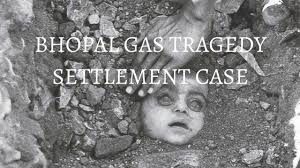Growth And Development Of Labor Law
Labor Law
Legislation that outlines obligations and rights in the workplace, notably those of the employer and employee, Labor Law is derived from Labor jurisprudence, Labor means working class or workers, the body of law relating to workers or working class is known as Labor Law, Labor Law is the study of various particles of Legislation such as:- Protective and employment Legislation
- Social Security Legislation
- Workers Compensation Act, 1923
- The Trade Union Act, 1926
- Payment of Wages Act, 1936
- Industrial Employment (Standing Orders Act)
- Minimum Wages Act, 1948
- The Payment of Bonus Act, 1965 etc.
Hire, Tire, Fire:
Hire: Recruiting or appointing the workmen
Tire: engaging them in work
Fire: Removing or Termination of the Workmen
Previously in 18th century the relationship that existed is master and servant where as Master is Superior and Servant is Inferior also treated as slave, it clearly shows that the dominance of Master in Hiring and Firing, which means Removal of servant as per his/her will. This is all because servant is treated as SLAVE. The concept of Hire and Fire emerged from the principle of LAISSEZ FAIRE
Laissez faire: Leave us Alone
- Minimum Government involvement, maximum freedom for contractual and entrepreneur activities
- The strong people use to dominate poor people.
- Due to lack of involvement of Government, Masters use to hire and terminate the servants without any reason; this is all because there was no Law to question them and no Law to punish them.
- This principle continued for all the 18th century, later on new principle came into existence which is known as WELFARE STATE.
Welfare State: In 19th century welfare state principle is developed by Britishers:
- It states that Welfare state means satisfying the basic needs of every person like food, shelter, and clothing.
- The main purpose of a welfare state is to prevent the exploitation of labor and convert the relation between master and servant into employer and employee.
- A welfare state is one that is dedicated to providing its residents with a minimum level of economic security by shielding them from market risks related to old age, unemployment, and illness.
- Due to the emergence of this principle, the employer and employee are treated equally.
Rules of Welfare State:
- There may be contract between employer and employee but such rules of contract must me as per the will of the employee
- The contract must be in accordance with the Law
- The employer should no frame rules as per his/her wish
- Should follow the Principles of Natural justice
- If the rules framed are not in accordance with law, such rules are void
This is how the exploitation of laborers has come to an end
Industrial Revolution
- Years back there is no scope for technology but in recent times technology upgradation has taken place, but in recent times technology upgradation has taken place
- Where Industries are using Machines for manufacturing of products or goods
- Which increase quantitative as well as qualitative production
- Which resulted in removal of workman
- Then INDUSTRIAL REVOLUTION took place and its main object is
- Employee should not be removed without any reason, if removed remedy should be given
- If cost of living increase the, the wages should also be increased
Purpose of Labour jurisprudence:
- Existence of Master and Servant relationship
- Lack of payment of minimum wages
- Laissez Faire state
- Lack of physical and economical welfare of employees
- Lack of certainty of job
- Women workers were not given special care
- Lack of cordial relationship between employers and employees
- Lack of measures to protect the interest of employees
Labor Law in India:
During British Period: Factories Act, 1883 and Trade Disputes Act, 1929 were passed to improve working conditions and relations between employers, employees, and union to ensure industrial progress.Post-Independence: The factories Act, minimum Wages Act, Industrial Disputes Act, and child Labor prohibition Act are important pieces of legislation that aim to promote social justice and protect children from hazardous jobs. These laws are part of the concurrent list of the Constitution, which means both State and Center can draft and implement them.
Industrial Relations: The Code of industrial relations, retrenchment, strikes, and lockouts under various acts such as the Trade unions Act, Industrial Employment (Standing orders) Act, and the Industrial Disputes Act. Changes have been made to the definition of the industry and exceptions under Section 2(j).The definition of the industrial dispute under Section 2(k) include discharge, dismissal, retrenchment or termination of workers.
Conclusion: therefore this is all about growth and history of Labor Law and also main aim of Labour Law is that to have equal access to employment opportunities for all regardless of social status. Labour Legislation seeks to address occupational issues such as hours, wages, and disputes and to concentrate upon the collective bargaining and to maintain the cordial relation between employer and employee.
End Notes:
- The concept and development of labor law https://www.jstor.org/stable/23066107
- Labor Laws in India: purpose, history, On-going reforms https://www.iasexpress.net/labour-laws-in-india-purpose-history-ongoing-reforms/#section-5
- https://www.ilo.org/dyn/natlex/docs/WEBTEXT/32075/64876/E26IND01.htm
- Welfare State: https://en.m.wikipedia.org/wiki/Welfare_state
- Laissez Faire State: https://en.m.wikipedia.org/wiki/Laissez-faire
- Labor legislation https://www.ilo.org/legacy/english/dialogue/ifpdial/llg/noframes/ch1.htm
- Over view of labor law: https://prsindia.org/billtrack/overview-of-labour-law-reforms
- The industrial employment Act: https://clc.gov.in/clc/acts-rules/industrial-employment-standing-orders-act-1946
- Labor Law: https://www.ilo.org/global/topics/labour-law/lang--en/index.htm
Award Winning Article Is Written By: Ms.Ojovathi Kamjula
Authentication No: MY313487174465-14-0523
Law Article in India
Legal Question & Answers
Lawyers in India - Search By City
LawArticles
How To File For Mutual Divorce In Delhi

How To File For Mutual Divorce In Delhi Mutual Consent Divorce is the Simplest Way to Obtain a D...
Increased Age For Girls Marriage

It is hoped that the Prohibition of Child Marriage (Amendment) Bill, 2021, which intends to inc...
Facade of Social Media

One may very easily get absorbed in the lives of others as one scrolls through a Facebook news ...
Section 482 CrPc - Quashing Of FIR: Guid...

The Inherent power under Section 482 in The Code Of Criminal Procedure, 1973 (37th Chapter of t...
The Uniform Civil Code (UCC) in India: A...

The Uniform Civil Code (UCC) is a concept that proposes the unification of personal laws across...
Role Of Artificial Intelligence In Legal...

Artificial intelligence (AI) is revolutionizing various sectors of the economy, and the legal i...









Please Drop Your Comments